Text
Northeastern University Map and Arboretum

Here is a map of Northeastern University, which is frequently referenced as the location for many of my plants. This map is interactive at this link:
https://facilities.northeastern.edu/campus-map/
0 notes
Text
Explanation of Tags
Throughout my blog, I use a range of tags. These tags are used for searching reasons and for a quick summary of what the plant. Here is an explanation of each Tag used
Wildlife value - Serves as a plant that can add wildlife value to a landscape. Attracts a range of species and pollinators
Shade tree - Used in design to provide shade
Bird cover - Birds use this plant to seek coverage and protection
Bird food - Birds are attracting to this plant because of seeds, nectar, or other foods
Songbirds - This plant attracts songbirds
Invasive species - This plant is deemed invasive in some areas
Hummingbirds - This plant attracts hummingbirds
Goldfinches- This plant attracts goldfinches
0 notes
Text
Salvia guaranitica Anise- Scented Sage

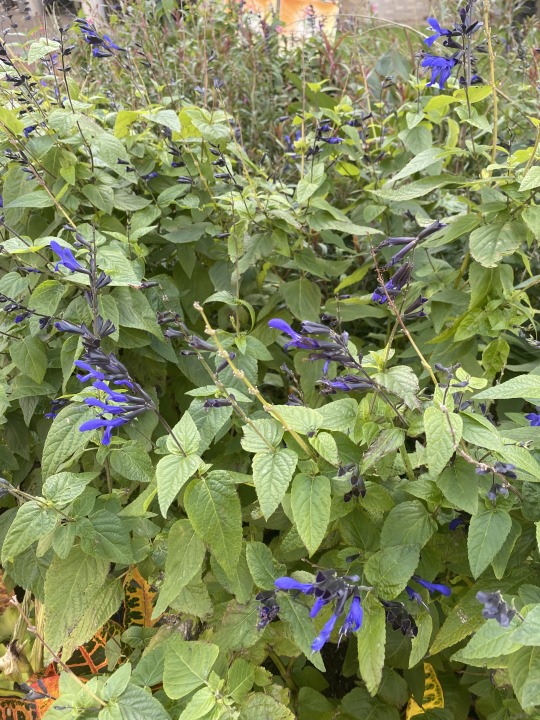
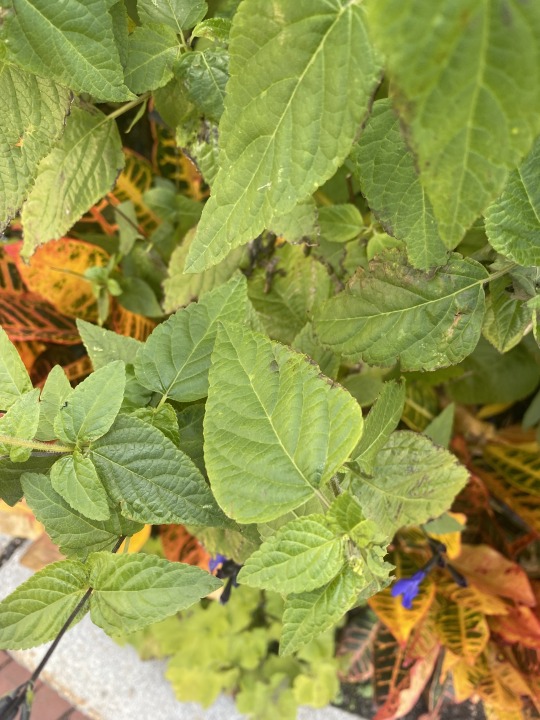


This plant was photographed on Northeastern University's arboretum near the Curry Student Center
Basic Facts
The cold hardiness zones of this plant are zones 8 to 10 and it can bloom from July to frost. It prefers full sun, medium water, and well drained loamy soil. This plant is also a subshrub that can grow 3 to 5' tall. It has 2 inch blue flowers that are two-lipped and tubular
Design
Salvia guaranitica does well in containers and can even be used in beds, borders and cottage gardens. Some cultivars of this plant should be propagated from cuttings and ensured that not too much shade is given. After the last frost date, only then should the plants be set out. Also to encourage more bloom, be sure to deadhead spent flowers.
Bird attraction
This plant does well at attracting pollinators, butterflies, and hummingbirds because of the flowers it produces. Hummingbirds are attracted to nectar, meaning that this is a plant that acts as a food source for birds!
Sources
https://www.missouribotanicalgarden.org/PlantFinder/PlantFinderDetails.aspx?kempercode=c834
https://blogs.massaudubon.org/yourgreatoutdoors/say-hello-to-hummingbirds/
0 notes
Text
Hylotelephium spectabile Ice plant
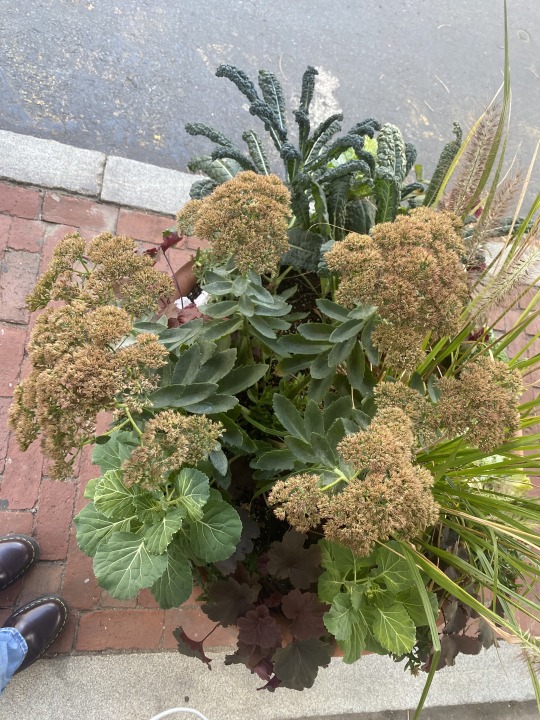



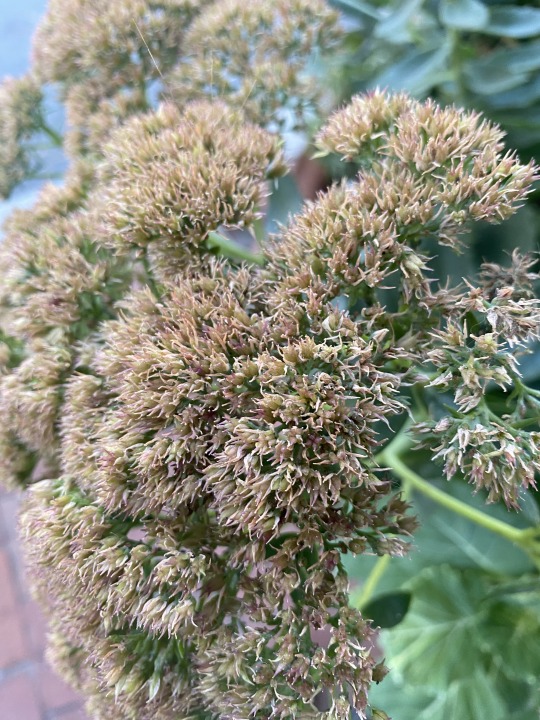
This plant was photographed on Northeastern University's arboretum near Curry student center. It was a plant amongst other plants but the pla
Basic Facts
This perennial plant is native to China and Korea and has cold hardiness zones of 3 to 9. Hylotelephium spectabile prefers full sun, dry to medium water, and well-drained gravelly soil. The bloom is pink and usually appears in August to October. This plant will grow in a floppy way if it is not given enough shade or in a rich soil environment
Design
This plant is one that can be used in containers. Because of this, consider using the plant in places such as front porches or entrances. It can even be used as a ground cover in large rock gardens. Keep in mind that the pink flower blooms change from pink to burgundy brown as time passes and the flower ages.
Bird attraction
Because of the plant's showy flowers and the succulent (waxy) leaves, this plant does well at attracting songbirds as well as other animals and pollinators
Sources
https://www.missouribotanicalgarden.org/PlantFinder/PlantFinderDetails.aspx?taxonid=279422
https://plants.ces.ncsu.edu/plants/hylotelephium-spectabile/#:~:text=The%20showy%20flowers%2C%20succulent%20leaves,and%20weevils%20can%20be%20problematic.
https://en.wikipedia.org/wiki/Songbird
0 notes
Text
Lagerstroemia indica Crepe-myrtle


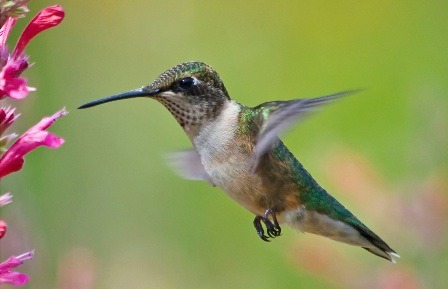


This photo was taken on Northeastern University's arboretum near the Columbus garage.
Basic Facts
This deciduous tree is native to China, Indochina, Himalayas, and Japan and has cold hardiness zones of 6 to 9. It can grow up to 6 to 25 feet in height and 6 to 20 feet in spread. This plant prefers dull sun, medium water, and well-drained soil such as loamy and clay. This plant can be a shrub or tree and belongs to the loosestrife family.
Design
Lagerstroemia indica blooms from July to September and depending on the cultivar, can have rose, red, or white flowers. Because it can be used as both a shrub and a small tree, this plant's flowering can add beauty to any layer of your landscape. It can even be effectively used in groups. It can be used as a screen or informal hedge if winter hardiness is not a concern
Bird attraction
Because Lagerstroemia indica attracts many bugs and pest, this is a reason that it attracts so many birds! One of these birds include the hummingbird. The birds are not only attracted to the bugs on this plant but also the ripe berries that the plant produces. These fruits then split open to produce winged seeds.
Sources
https://plants.ces.ncsu.edu/plants/lagerstroemia-indica/
https://www.missouribotanicalgarden.org/PlantFinder/PlantFinderDetails.aspx?taxonid=282496
https://www.ehow.com/info_12264982_birds-attracted-crepe-myrtle-trees.html
https://blogs.massaudubon.org/yourgreatoutdoors/say-hello-to-hummingbirds/
0 notes
Text
Panicum virgatum Switchgrass
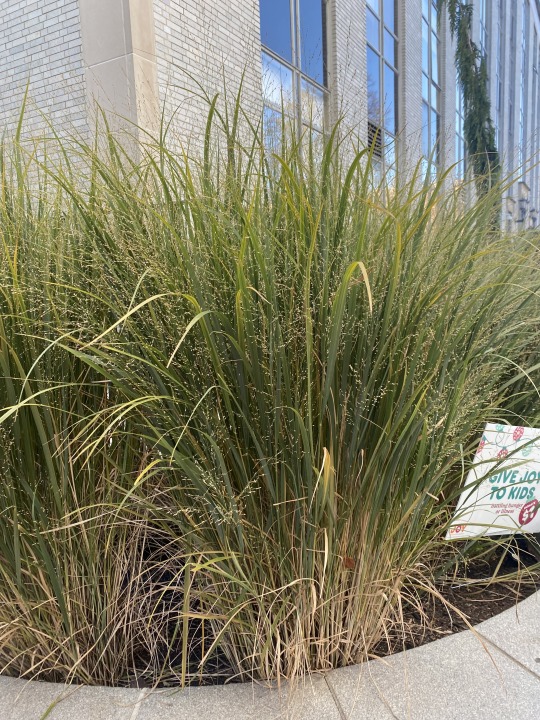

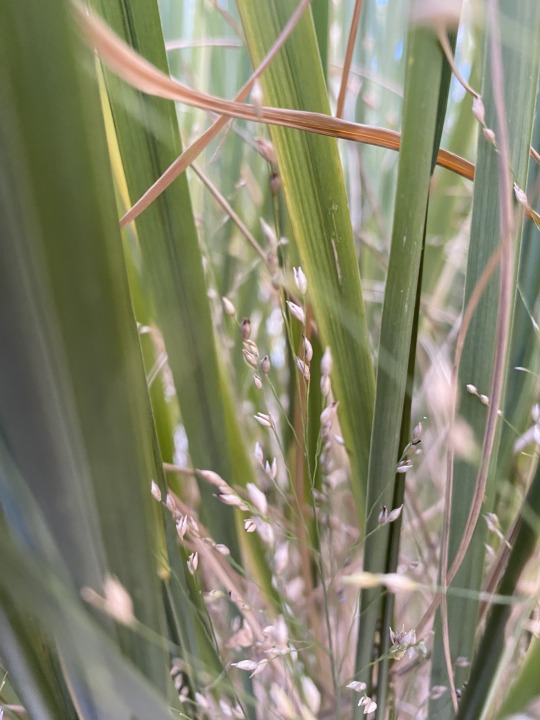


This photo was taken on Northeastern University's arboretum near Ell hall. The plant still looks healthy with a few yellow leaves. In this photo, you can see the fibrous roots
Basic Facts
This grass is native to all but the westernmost parts of the US. This plant prefers full sun to part shade, dry to moist soil, and has a cold hardiness zone of 3 to 9. In the fall color, the leaves turn a pale yellow and the plant is a perennial that grows in large clumps.
Design
Switchgrass can be used as a maintenance-free plant when it is first established. When planting it, make sure it is put in a place that receives 6 hours of direct sunlight or more. Timing wise, in warmer regions, you should plant switchgrass during the cooler months. Consider using this plant on a slope or hill to control erosion!
Bird attraction
Panicum virgatum is not only used as a host plant for moths and butterflies. Because of the seeds produced by the grass, it also attracts songbirds that use the seed for food. The plant also acts for cover for birds any other wildlife species
Sources
https://www.northeastpollinator.com/products/panicum-virgatum?variant=12314224707
https://www.gardendesign.com/ornamental-grasses/switchgrass.html
https://www.wildflower.org/plants/result.php?id_plant=pavi2
https://en.wikipedia.org/wiki/Songbird
0 notes
Text
Amaranthus retroflexus Redroot Pigweed




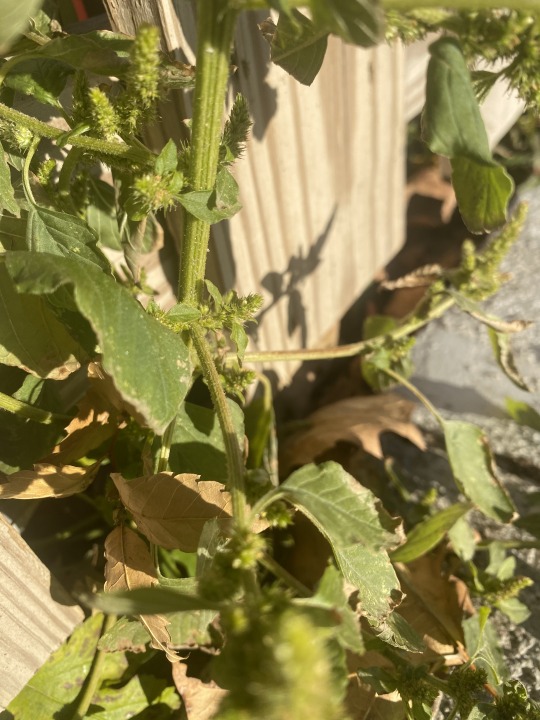
These photographs were taken on Columbus avenue in Boston, Massachusetts's. It appears to be a spontaneous plant that has found its wat out through a gap in a wooden fence
Basic Facts
This deciduous plant has cold hardiness zones from 3 to 11. This species prefer full sun and moist well drained soil. It also does well in a wide variety of soil type but would prefer a neutral pH. These plants can be found in coastal, mountains, and piedmont areas. These plants can produce fruit to be harvested in the fall and summer.
Design
This plant would be most suited in an edible garden or pollinator garden given the fact that it has been used as a food source by many different populations. It also does a wonderful job at attracting pollinators. The seeds are high in protein and the leaves are very nutritious!
Bird attraction
Aside from other animals, this species does a great job at attracting birds. This is because the seeds act as a food source for birds. In fact the seeds of Amaranthus retroflexus are very commonly found in bird seed mixes. You can expect to see that American Goldfinches are most attracted to this species
Sources
https://plants.ces.ncsu.edu/plants/amaranthus-retroflexus/
https://www.bbg.org/article/weed_of_the_month_pigweed
https://www.allaboutbirds.org/guide/American_Goldfinch/id#
0 notes
Text
Itea virginica Virginia Sweetspire


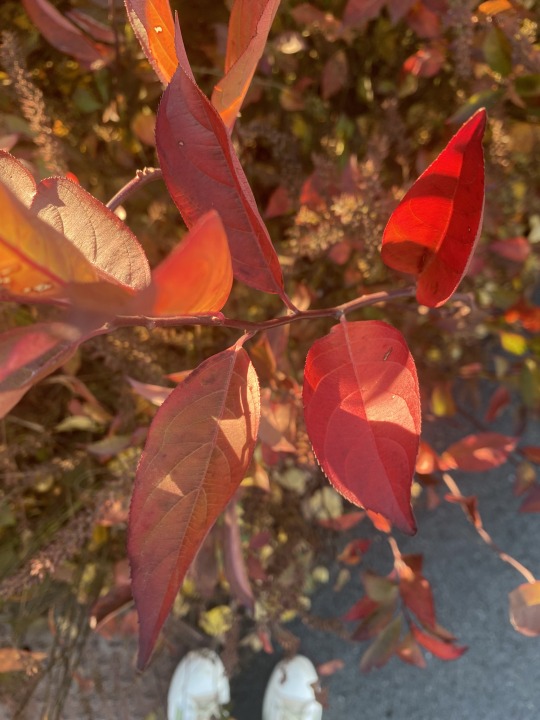
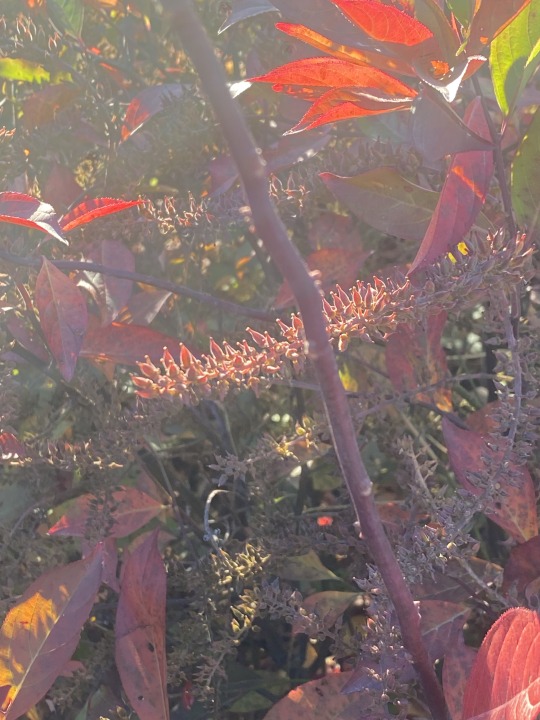
This plant was photographed on Northeastern University's arboretum near Carter Field. The plant itself is very spread out and has a beautiful red color
Basic Facts
This deciduous shrub is native to Eastern North American and has cold hardiness zones of 5 to 9. This plant prefers full sun to part shade and medium to wet, well drained soil. It can tolerate a wide range of soil conditions however. The branches arch and you can expect this plant to grow 3 to 5 feet in height and the same in spread.
Design
This plant blooms later in the year; around June to July. The flowers are tiny and white. The fall color is very attractive and vibrant, so consider these factors when designing. It can be used in mass for ground cover and is great for any wet locations. Consider using this plant for woodland gardens, shrub borders, or hedges
Bird Attraction
Although the flower on this plant attracts insects and pollinators, the raceme flowers become capsules with seeds that act as food for bird. This plant not only provides food for birds, but also cover. Many species of birds rely on the foliage of this plant for cover and habitat
Sources
https://www.clemson.edu/cafls//demo/plant_profiles/itea-virginica.html#:~:text=These%20fragrant%20flowers%20also%20attract,gold%20during%20the%20fall13.
https://www.missouribotanicalgarden.org/PlantFinder/PlantFinderDetails.aspx?taxonid=286893
0 notes
Text
Comptonia peregrina Sweet Fern

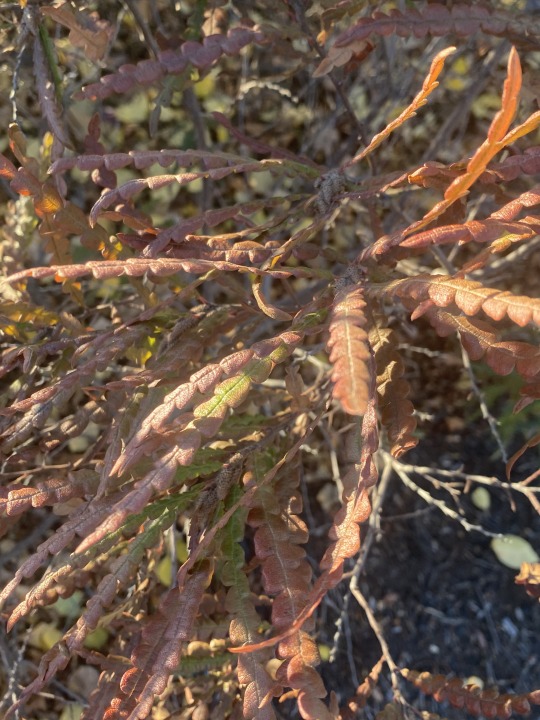

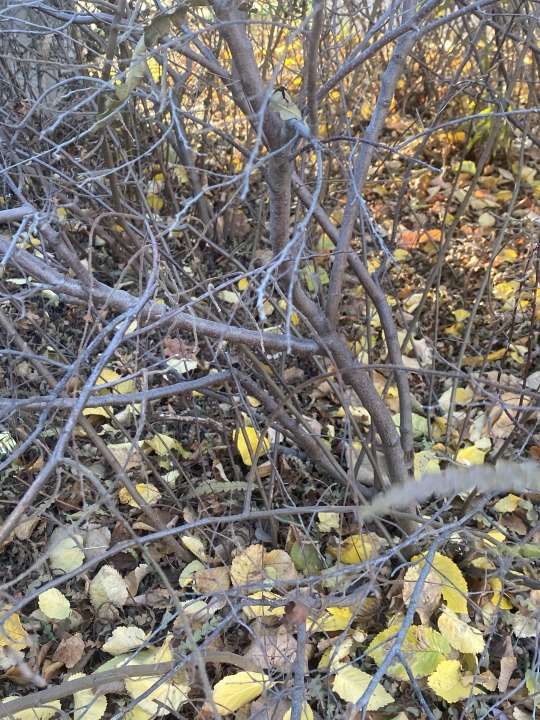
This plant was photographed on Northeastern University's arboretum near Carter Field. This plant has signs of color change and loss of leaves.
Basic Facts
Comptonia peregrina, native to Eastern North America, has cold hardiness zones from 2 to 6. It is a shrub that can grow 2 to 5 feet in height and 4 to 8 feet in spread. The plant prefers full sun to part shade, medium water, and well drained soil. However, this plant can tolerate wet conditions. This plant can also occur in poor, unfertile soil along roadsides. The leaves are normally olive to dark green.
Design
Although I would not recommend using this plant for gardens, it is an amazing plant for waste areas and roads. Once they are planted, they tend to spread and is very hard to control. However if considering stabilizing slopes or adding a plant to an area with poor soils, this shrub is a great one to consider.
Bird Attraction
The flowers that are produced by Comptonia peregrina are small and yellow. However, they give way to bur-like nutlets. These nutlets are what causes this plant to be an attraction to bird. If used in naturalized areas, it is a great way to add and consider biodiversity of that community.
Sources
https://www.missouribotanicalgarden.org/PlantFinder/PlantFinderDetails.aspx?kempercode=c240
https://www.wildflower.org/plants/result.php?id_plant=cope80
0 notes
Text
Picea omorika Serbian Spruce
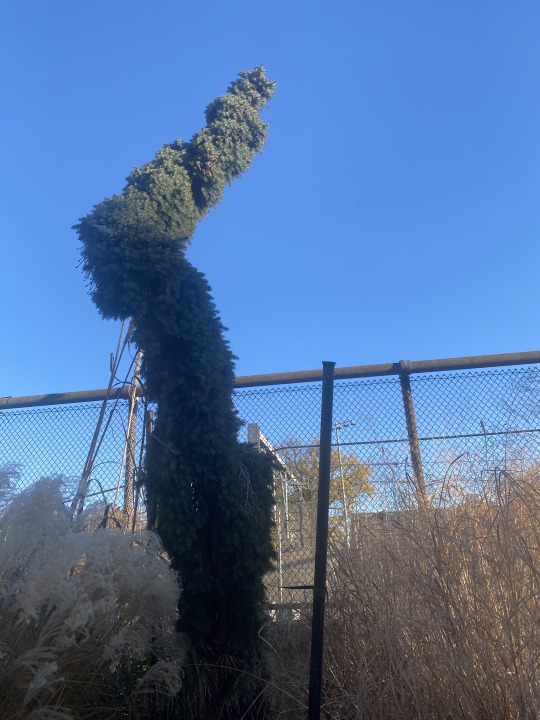



This tree was photographed on Northeastern University's arboretum near the Gainsborough garage. The tree takes on an abnormal asymmetrical shape yet keeps its dark green color!
Basic Facts
This species is native to Serbia and has a cold hardiness zone of 4 to 7. This tree prefers full sun to part shade, medium water levels, and well-drained soils. The tree can grow from 40 to 60 feet in height and about 15 to 20 feet in spread. This is a needled evergreen, meaning that the flat green needles stay that way throughout the year. They also produce a pendant cone that emerge purple but mature to yellowish brown.
Design
This tree will not do well in any state south of the zone 7 cold hardiness zone, however it can be used as a shade tree. It has very favorable features like being deer and air pollution tolerant. It is a very attractive spruce and can be used in groups or singular. Because it is evergreen and can grow quite tall, consider using this as one of the center pieces of your landscape
Bird Attraction
Because of the showy fruit of the species, Picea omorika is excellent at attracting birds. Not only can it attract birds with its fruits, but it can also act as a cover for birds and other small animals
Sources
https://www.mckaynursery.com/white-spruce#:~:text=This%20pyramidal%2Dshaped%20Spruce%20tree,and%20has%20a%20pyramidal%20shape.
https://www.missouribotanicalgarden.org/PlantFinder/PlantFinderDetails.aspx?kempercode=h220
0 notes
Text
Miscanthus sinensis Chinese Silver Grass

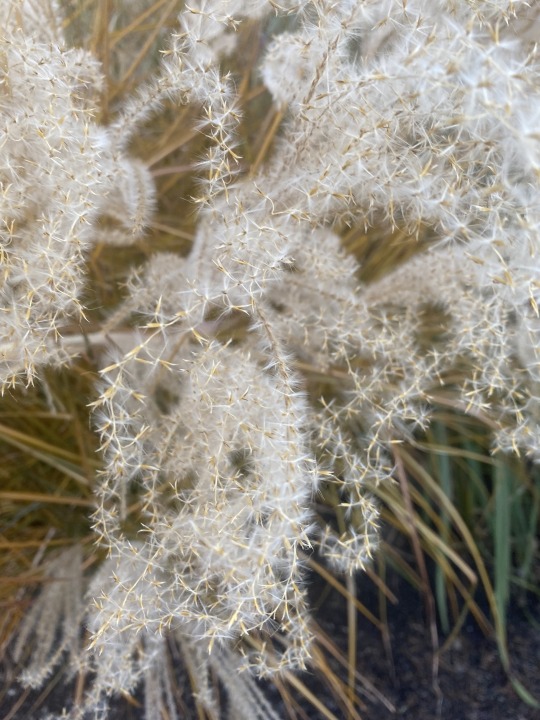
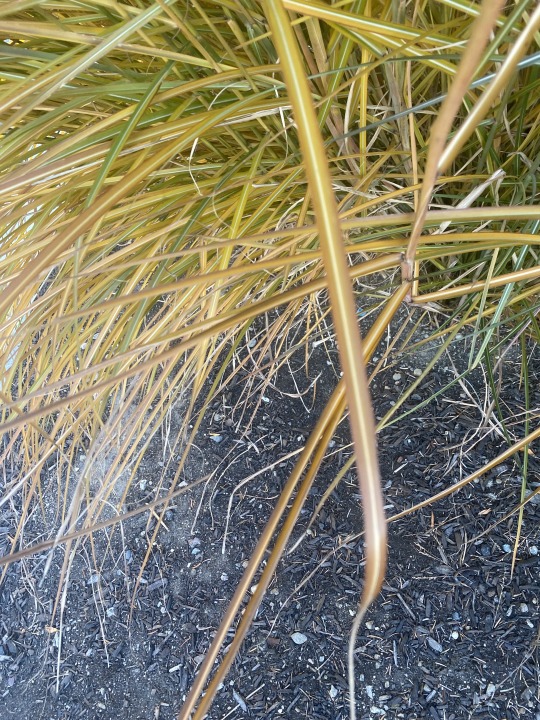
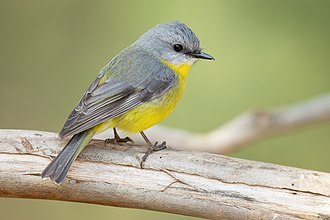
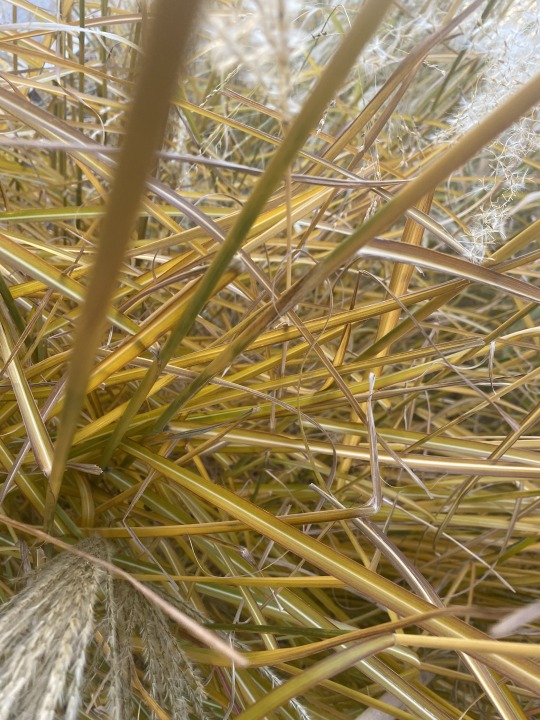
This plant was photographed at Northeastern University's arboretum near Gainsborough garage. The leaves on this plant is turning yellow yet the flowers are still apparent.
Basic Facts
This grass is native to Eastern Asia and has a cold hardiness zone of 4 to 9. The height of a mature plant can range from 4 to 9 feet with a spread of 3 to 6 feet. The grass prefers full sun to part shade as well as medium water and can tolerate a wide range of soil types. The plant is also tolerant of summer heat which makes it very tolerant in urban settings that face very hot summers. However, this plant has been classified as invasive in some parts of the United States
Design
This grass has a bloom time later than many other plants, happening in the months of June to February. The flowers on these plants have a cloud like look to them when they are clumped together. Because this is a tall grass, you should choose other plants in the shrub layer that compliment the white flowers in the blooming season. Keep in mind that when planted, the grass can grow invasively in the landscape and even spread outside of the intended area. Consider using in borders, meadows or wild gardens!
Bird attraction
Being an ornamental grass, Miscanthus sinensis does well at attracting birds. Specifically for this species, it can owe its bird attraction to the wide seed heads. These plants are especially good at attracting songbirds.
https://www.missouribotanicalgarden.org/PlantFinder/PlantFinderDetails.aspx?taxonid=285333
https://travis-tx.tamu.edu/about-2/horticulture/ornamental-plants/best-ornamental-grasses-for-birds/
https://en.wikipedia.org/wiki/Songbird
0 notes
Text
Juniperus chinensis Chinese Juniper
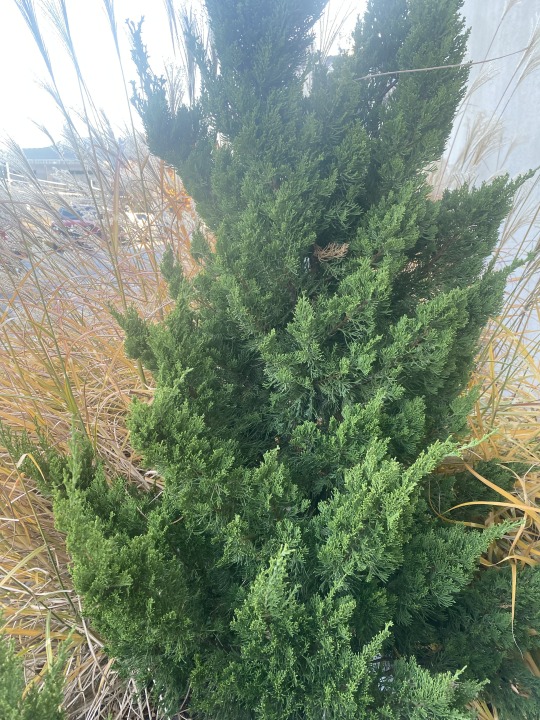




This tree was photographed on Northeastern University's arboretum near Gainsborough garage. As you can see, the leaves are still a dark green color and the bark is flakey
Basic Facts
This evergreen tree is native to Asia with a cold hardiness zone of 4 to 9. It can grow from 40 to 50 feet and has a spread of 15 to 20 feet. On mature stem, the bark peels in strips. The tree requires full sun, medium water and well-drained soil. It is also tolerant to a wide variety of soils including clay but is intolerant of wet soils. You can also expect to see this in urban settings being that it is tolerant of many city air pollutants.
Design
This tree can be seen in it's conical tree form or a shrubby form. Because it is an evergreen tree, it is a winter interest and can be used as an ornamental tree that keeps color in the space year round. Depending on the form you use to design with, this tree can also be a ground cover. However, keep in mind that these trees produce cone that can fall and add litter to the space.
Bird Attraction
The cones that are produced on these trees are waxy and berry-like. They only grow on a pollinated female tree. These cones are an attraction to birds because these are a source of food for them. The birds most commonly attracted to this tree are songbirds.
Sources
https://www.moosecrossinggardencenter.com/plant/Juniperus-chinensis-Sargentii-Viridis
https://www.missouribotanicalgarden.org/PlantFinder/PlantFinderDetails.aspx?taxonid=279597&isprofile=0&cv
https://en.wikipedia.org/wiki/Songbird
0 notes
Text
Magnolia virginiana Sweet bay magnolia
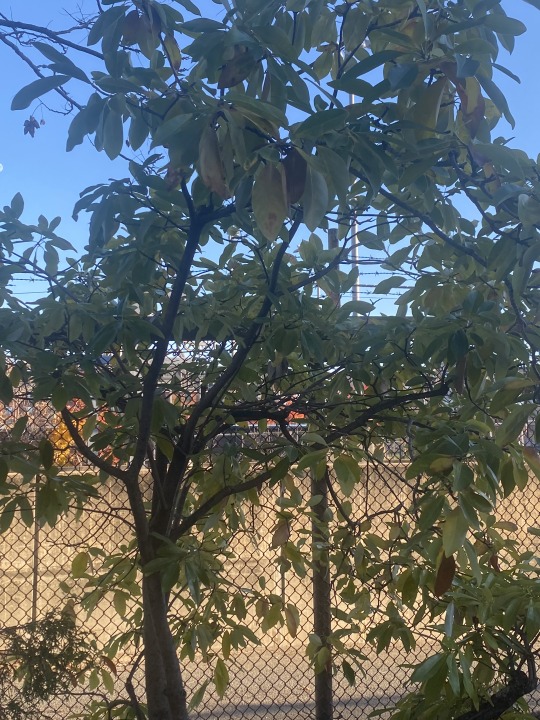



This tree was photographed at Northeastern University's arboretum near the Gainsborough garage. As you can see, the leaves are still very green and waxy, indicating that it seems to be changing color very late. There are also buds at the end of one of the branches which I did not see on any of the surrounding trees.
Basic facts
This tree is native to Eastern United States with a cold hardiness zone of 5 to 10. The tree can grow between 10 to 35 feet in height and the same in spread. This tree prefers full sun to part shade, medium to wet water, and rich organic soils. This tree can also toleration wet, boggy soils. You can expect to see this species near the Atlantic Coast of New York
Design
This tree has beautiful white flowers that bloom in May to June as well as showy fruit. This means you can expect to see these flowers in late spring and well into summer. Because of this, consider adding this tree as an element to extend the beauty of your garden past spring. Depending on the climate, the foliage can be evergreen to semi evergreen, so the waxy green leaves can be seen year round. However, in colder climates expect a fully deciduous tree.
Bird Attraction
This tree produces a cone-like fruit with bright red seeds that attract all sorts of birds. These birds are: woodpeckers, tanagers, grosbeaks, cardinals, and finches. Because of the wide range of birds that this tree can attract, it adds wildlife value to any community it is in. It can also be used to purposely attract birds to your garden in August to September
Sources
https://www.missouribotanicalgarden.org/PlantFinder/PlantFinderDetails.aspx?kempercode=e110
https://nc.audubon.org/news/sweetbay-magnolia-adding-life-your-garden#:~:text=Great%20for%20Birds&text=The%20fruits%20will%20attract%20a,only%20to%20our%20coastal%20plain.
0 notes
Text
Cotinus obovatus American Smoketree

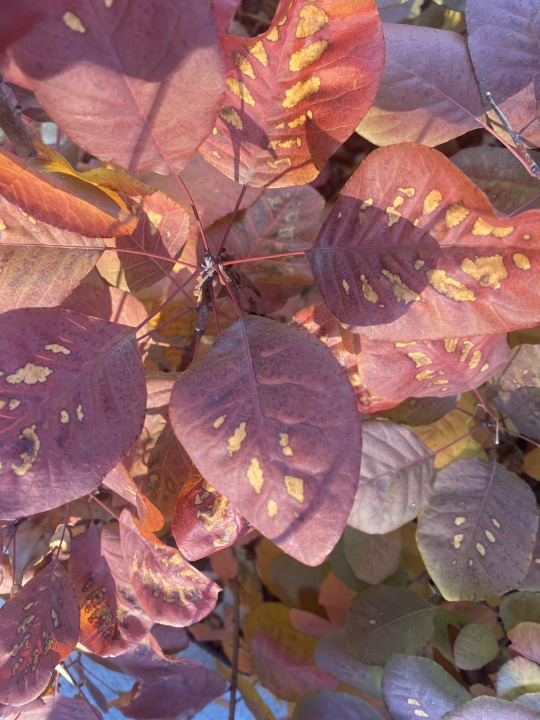


This Continus obovatus was photographed on Northeastern University's arboretum near Gainsborough garage. By the time I had taken the picture, the leaves have changed from a dark green color to a burgundy color!
Basic Facts
This tree, native to North America, can grow up from 20-30' tall and just as wide. The bloom time is form May to June and you would expect to see Yellowish-green flowers during this time. This tree prefers full sun, medium water, and well-drained soil. The most preferable type of soul would be infertile loam soil. The zone hardiness for this tree is 4 to 8 and it is often found occurring in southeast Missouri.
Design
This tree can be used as a understory tree or shrub. To keep prevent it from wilting due to stress or other factors, make sure that there is a healthy amount of watering and mulch is laid around the plant. This plant is great to keep in an open garden because it is both deer and rabbit resistant! The foliage of these leaves can change to a rich red in the fall time and the flowers give the illusion of a cloud of "smoke"
Bird Attraction
Although this species is not a magnet for pollinators, one of the main pollinators is songbirds. As a shrub and a tree, it also provides wildlife cover for many species of birds and other animals
Sources
https://www.missouribotanicalgarden.org/PlantFinder/PlantFinderDetails.aspx?kempercode=h660
https://kb.jniplants.com/royal-purple-smokebush-cotinus-coggygria/#:~:text=Pests%2FProblems%3A,and%20applying%20mulch%20as%20necessary.
https://plants.ces.ncsu.edu/plants/cotinus-obovatus/
0 notes
Text
Koelreuteria paniculata Golden Rain Tree




These pictures of Koelreuteria paniculata was taken on Northeastern University's Arboretum near Gainsborough Garage. This tree has lost most of its foliage and you can see that what remains is starting to turn color
Basic Facts
Koelreuteria paniculata, native to Northern China, Korea, and Japan is commonly used as a shade tree, street tree, or flowering tree. This tree prefers full sun and dry to medium, well drained soil. This tree can adapt to a wide variety of soil types and it is very tolerant to many city air pollutants. This tree can grow about 30-40' feet tall and just as wide. As you can see in the photos, there is a brown seed capsule which was left being after the bright yellow flowers of the tree had fallen.
Design
This full sun loving tree can be easily grown as long as all preferable conditions are met. The tree itself is very low maintenance and rarely does it every face serious insect issues or disease issues. If being used as a shade tree, or in a garden meant to look neat, keep in mind that when the flowers of these trees bloom then fall, they leave a "golden" carpet under the canopy of the tree. This should be taken into account if one were not interested in the excessive litter or plan to use under the tree. The flowers, however can be used as a yellow dye and the leaves can be used as black dye!
Bird attraction
Similar to some other trees, this tree is known for attracting birds with its nectar and pollen. In areas other than Boston, this could mean hummingbirds! In a hummingbird garden, this would be a great tree to add!
Sources
https://www.missouribotanicalgarden.org/PlantFinder/PlantFinderDetails.aspx?kempercode=a550
https://beehappyplants.co.uk/bee-plants/koelreuteria-paniculata/#:~:text=The%20flowers%20have%20medicinal%20use,are%20used%20for%20bead%2Dmaking.
https://www.gardenia.net/plant/koelreuteria-paniculata
0 notes
Text
Metasequoia glyptostroboides Dawn Redwood

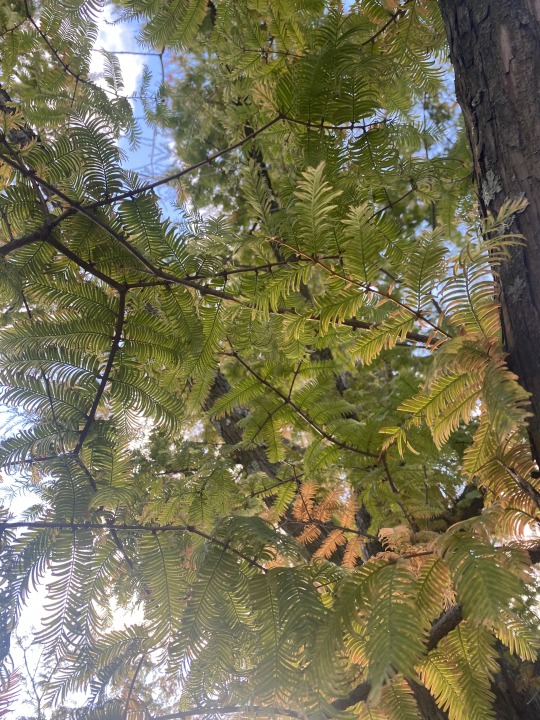
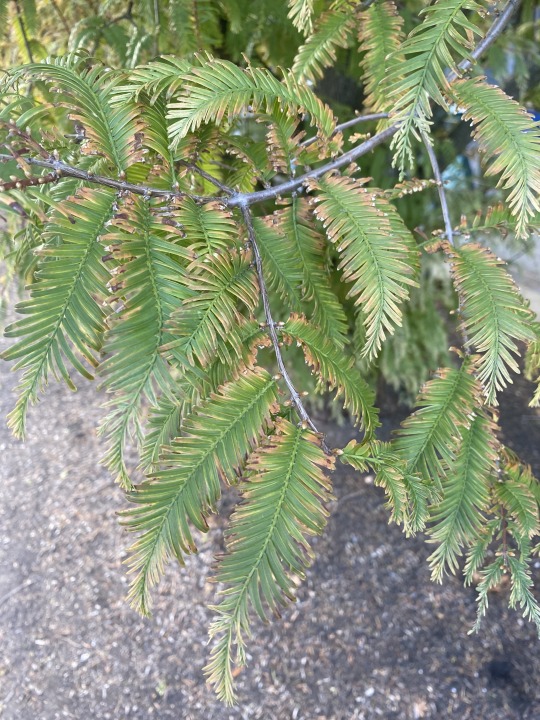

This plant was photographed on Northeastern University's arboretum. Although it may look like an evergreen, many of the leaves are turning yellow.
Basic Facts
This tree is a deciduous coniferous tree and is native to western and Central China with a cold hardiness zone of 4 to 8. This tree needs full sun, medium to wet well drained soil. This tree would also appreciate consistent moisture. This tree can also grow from 70 to 100 feet in its lifetime!
Design
This tree can be used as a street tree, in a rain garden, or even a container plant when it is first small. However, when this plant is large it needs much space because of the size. The color change of this plant varies from light green in the spring to dark green in the summer to red-bronze in the fall. This tree does produce cones and the leaves are needle-like so be aware of litter in the space that it is used
Bird Attraction
This tree mostly attracts birds because of its ability to provide coverage in the winter. It can also be shelter for birds from their predators.
Sources:
https://www.missouribotanicalgarden.org/PlantFinder/PlantFinderDetails.aspx?kempercode=a396
https://shop.arborday.org/dawn-redwood#:~:text=Wildlife%20Value,birds%2C%20small%20mammals%20and%20deer.
0 notes
Text
Amsonia hubrichtii Blue star
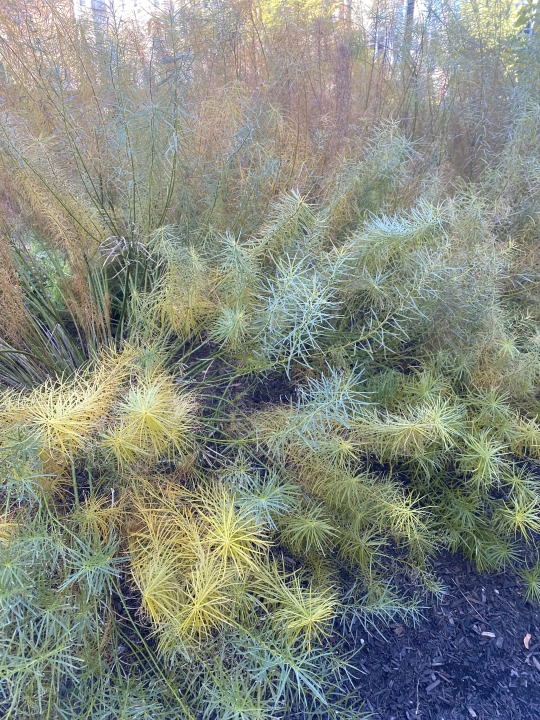


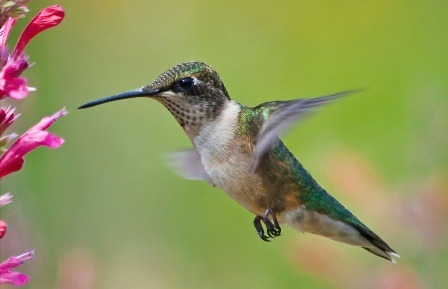


These photos were taken on Northeastern University's arboretum outside of Ell Hall. Although this plant has "Blue" in it's name, it was mostly yellow when I first saw it. I would hypothesize that this was because of the fall changing weather.
Basic Facts
Amsonia hurbrichtii is a herbaceous perennial with a zone hardiness of 5 to 8. In a place like Boston, you can expect to see this plant completely gone during the winter. This plant prefers full sun to part shade, medium water, and well-drained soil. In the spring, they have star shaped blue flowers and in the fall they have more of a golden color (shown here)
Design
Amsonia hubrichtii are great to be used in rain gardens and they are a low maintenance plant. However, if the plants is not cut back, you may notice that there is a "flopping" effect. This, however may not be an issue depending on the orientation and the intended use of the plant in the space. When thinking of designing a more open space, consider putting this plant in a rock garden, native plant garden, cottage garden, or open woodland area.
Bird attraction
Because of the beautiful bloom of this plant in the spring time, this plant also does well at attracting hummingbirds. They are drawn to the nectar of the flower and feed from the blooms
Sources:
https://www.missouribotanicalgarden.org/PlantFinder/PlantFinderDetails.aspx?kempercode=w810
https://plants.ces.ncsu.edu/plants/amsonia-tabernaemontana/#:~:text=Wildlife%20Value%3A,the%20nectar%20from%20the%20blooms.&text=Dimensions%3A,Height%3A%202%20ft.
Photos:
https://www.americanmeadows.com/product/perennials/blue-star-flower-hubrichtii
https://blogs.massaudubon.org/yourgreatoutdoors/say-hello-to-hummingbirds/
0 notes